Saturday Summaries 2018-01-13: Back On My Wiki BS
By Mento 0 Comments
This week introduced most of the blogging schedule for 2018, but something I've yet to broach is how I'll be tackling the Giant Bomb wiki this year. In 2017, I reached the end of an important long-term project regarding the SNES and then... kind of stopped. "Podcast games" - those with long periods of non-story grinding/exploring that are ideal for some background talking to split my attention - replaced "working on the wiki" as the thing I did while listening to new episodes of the Beastcast, MBMBaM, The Adventure Zone and WeHateMovies. I only stepped back in for the occasional mini-project, the most recent of which was checking all the pages for games featured in this year's Awesome Games Done Quick livestream event. (You may have noticed that I didn't make a "project report" blog for it this time - that's because the majority of the games featured in any given GDQ event have been covered several times before, and there's few left to comment on. That doesn't mean the speedruns themselves haven't been entertaining! I particularly liked the Super Mario Sunshine run, and how much it casts a highly competent shadow over the site's own Steal My Sunshine feature.)
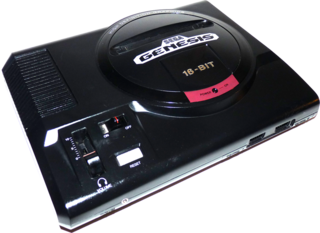
I can't offer any concrete wiki plans as of yet, but I do have my mind set on three consoles in particular: the original Nintendo Entertainment System, which I usually work on in tandem with new episodes of Chrontendo except I've been meaning to go back to 1988/89 and start adding header images and checking them for errors and missing info, since I was fairly inexperienced when working on those pages the first time around; the Sega Mega Drive, which is a major blindspot for me even though I had the fortune of growing up with a Mega Drive-owning friend; and the Nintendo 64, which seems like the next natural port of call after the SNES. There's still the small matter of the PC Engine CD library, which is a wilderness of anime cutscenes and kooky redbook audio. I've also been giving the 3DO and Neo Geo the side-eye, but then we're getting into stuff that's trickier to emulate properly.
All the same, I'd love to tuck into a new long-term project, but the biggest roadblock right now - besides laziness and backlogs - is not knowing how much the upcoming "huge" wiki update will disrupt everything. It could be that I'll need to go back to my earlier projects - NES '83-'88, SNES, TurboGrafx - and update them for this "Wiki 2.0", depending on what new features it adds and the changes it makes to existing pages. For instance, I'd love to know what happens to header images: will we still have a small horizontal bar to work with, or will the images expand to include the entire background of the page? I think until I get the skinny on what the new wiki will look like, I'm going to hold off on any big projects. Still, there's always insufficient release info or a poorly tagged image gallery or two somewhere, so I'll find ways to keep busy until then.
Talking of keeping busy, we had the first full week of blogging features of 2018, so let's take a look:
- The Indie Game of the Week, which I suppose has now become my headliner after retiring The Top Shelf last month, covered the excellent 2017 GOTY contender SteamWorld Dig 2. Better late than never, right? In addition to being bigger and prettier than its predecessor, the game introduces a lot of advancements and new gear that can make a considerable difference to how the game plays. The hookshot and jetpack in particular add a huge amount of versatility to your movement, and the game goes out of its way to create dozens of these side-area caves that tend to involve a puzzle or a platforming challenge to overcome. While they're definitely the highlight, just the regular cycle of mining resources and selling them off for upgrade money is gratifying enough. It's even a game I would recommend to people who don't usually care for spacewhippers: the backtracking is minimal and effortless, given the game's generous fast travel system.
- The SNES Classic Mk. II is my retro-gaming feature for this year: an attempt to sift through the remnants of the SNES library for a second compilation of 25 games that could follow the original SNES Classic and its line-up. Every other week, I'm taking two games - the first is a well-regarded game that I never found the time to complete prior to this feature, and the second is an old favorite that I feel deserves more recognition - and judging them by a set of criteria that rates their suitability for a retro console, including how well they've aged and how original they still are even with the huge market of Indie throwbacks to compete with. More details can be found in this introduction/contents blog. The first episode, Demons & Angels, took a long hard look at Capcom's Demon's Crest, the third in a series of Ghouls N' Ghosts spin-offs, and Quintet's ActRaiser, the idiosyncratic god-sim/platformer hybrid which was an early hit for the SNES.
Addenda
Movie: Jumanji: Welcome to the Jungle
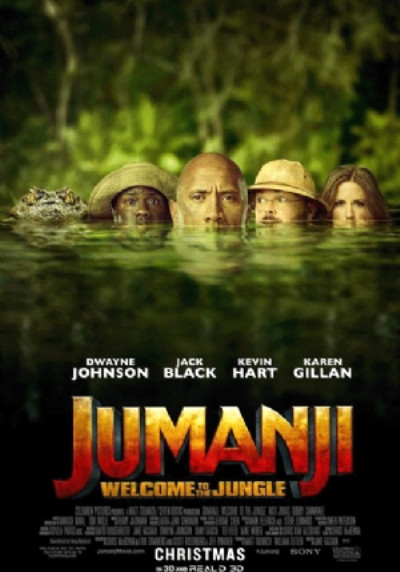
Let's not get into why I decided to watch the new Jumanji movie. Best to just focus on the movie itself. What may have been a future entry in the WU-TANG video feature in a perfect world, Jumanji: Welcome to the Jungle takes the board game conceit of the original and shifts it into a retro video game context: the idea being that no-one still plays board games in 1996, the year in which the film begins, and thus its dark magics transform it overnight from board game to Atari 2600-style game cartridge to entice a new victim. After trapping one kid, we flash forward another twenty years to a different pack of teenagers in detention - a scaredy-cat nerd, an inconsiderate jock, a self-obsessed popular girl, and a socially-awkward Daria type - who find the game in their school's basement and get trapped too. If you've seen the trailer, you sort of know the rest of it: each teen embodies a different character, all played by actors with some background in action and comedy - Dwayne Johnson (The Rundown, which coincidentally was called "Welcome to the Jungle" in Europe), Kevin Hart (Central Intelligence, another movie with Johnson), Karen Gillan (Guardians of the Galaxy Vols I and II, though she had a lot more make-up in those), and Jack Black (does his role in The Jackal count as action-comedy? If not, maybe the Kung Fu Panda movies?) - and the movie bounces between jokes about bodily functions, teenage angst, how everything in a jungle can kill you, and video game tropes.
The latter is what makes this movie kinda interesting, as it expects a certain level of video game literacy from its audience. It'll explain what it means that the "NPC" tour guide Nigel (played by the Flight of the Conchords guy who isn't one of the two main guys, Rhys Darby) can only cycle through a set of stock responses, or how characters can die and come back due to their stock of extra lives, or that they can access a list of strengths and weaknesses for their characters to figure out how they work as part of a team. It doesn't go overboard with video game in-jokes either - while Karen Gillan's "Ruby Roundhouse" is clearly a Lara Croft ersatz, complete with comments about how a bare midriff and short-shorts is wholly inappropriate for the jungle, that's pretty much the only time the movie acknowledges that other video games exist.
For the most part, it's a predictable family comedy film with a few PG-13 jokes about wieners (Bethany, the aforementioned popular girl, has to deal with peeing in the form of a male avatar for one awkward scene) and themes about personal responsibility, teamwork, and overcoming bad habits. Despite a few adult jokes, a scenery-chewing bad guy made out of bugs and rats, and actual death scenes, the sequel feels kind of toothless compared to the original movie. That first one had a much more sinister vibe, and the way the jungle started warping the surrounding house and town made the titular board game feel almost apocalyptic in a way that the video game version doesn't. There's still dangers and risks, and there's grim implications of what happens when a character loses all their lives, but having them all trapped safely within the confines of the video game universe of Jumanji means far less collateral damage to everyone else at their school and town. It even softened the requisite "guy has been trapped in the game for years" arc: the 1996 kid from the prologue, Alex, has been inside Jumanji for two decades, causing his parents to go insane trying to figure out the secret behind his sudden disappearance and leaving his once beautiful home in a state of disarray; an urban legend for the kids that occupy the same neighborhood years later. However, from Alex's perspective he's only been in the game for a few months, since time passes differently in there. It's not quite the same as the original movie's wild-bearded Robin Williams who had to live through every one of those long years in a hostile environment.
It's a relatively anodyne and inoffensive movie with some fun performances and scenes, all-told, and definitely not the unmitigated disaster people were expecting (or perhaps hoping) from a reboot of a not-great movie franchise that mostly lived on in VHS and DVD sales thanks to nostalgia. After all, Jumanji has about as much cultural cachet in 2017 as Space Jam, or Kazaam, or Hocus Pocus (sequels for all of which, from what I've heard, are also on the way). I'll say this much: the movie had to work hard to not be a complete trashfire, and it pulled it off. Damning with faint praise, perhaps, but it could've been so much worse.
TV: Mob Psycho 100
Be assured that my fortnightly dalliances with the TV world won't all be anime series - while there's a lot out there, I'm only really interested in the cream of the crop. However, I wanted to catch up with 2016's Mob Psycho 100 because it's based on a manga by the enigmatic artist "One", the same guy behind One Punch Man. The One Punch Man anime was an unexpected delight: a superhero parody comedy that attempts to make an empathetic character out of someone who is effectively invincible, something that various Superman writers have had a hard time accomplishing. One Punch Man's Saitama isn't just a compelling protagonist because he can hit things really hard, though: he got into the superhero business because he thought it would be fun and rewarding to fight evil and bask in the gratitude of the civilians he saved; instead, every fight provides zero challenge and despite his many victories he looks so innocuous with his bald head and mismatched costume that people rarely acknowledge his successes, which gives him a mostly passive and bored temperament which the manga/anime mines to great comedic effect.
Mob Psycho 100 features on a similar theme: the titular Mob is a middle-schooler who has a profound mastery of psychic abilities, but doesn't want to use them because he doesn't feel like he should. Psychic powers are a crutch when it comes to being a regular hard-working adult, his magnanimous mentor and employer (and shady conman) Reigen tells him, and Mob gives himself strict rules to never use his powers against other people and instead work on normal aspirations like improving his physical stamina, or focusing on his studies, or becoming popular enough to attract the girl he likes without resorting to his gift. It's why he looks up to his younger brother Ritsu - who is smart, popular and athletic - despite the fact that Ritsu has a serious inferiority complex about his brother's god-like psychic powers, which he himself lacks. A lot of the anime's humor comes from Reigen - a self-proclaimed psychic who actually has no powers whatsoever, and instead cons clients looking for exorcisms either by asking Mob to "take care of the small fry" as ostensible practice, or fixing his client's problems via more conventional methods such as massage or Photoshop - and a megalomaniacal evil spirit called "Dimple" (though the actual Japanese dub calls him "Hecuba") that is roundly defeated by Mob and later befriends him and teaches him how to use his powers responsibly, but is really just trying to figure out how to grow powerful again.
The show also draws drama from the few times when Mob is forced to use his powers, usually against evil spirits or hostile espers who are strong enough to be dangerous, and reaches his "100%" moment: when one of his emotions, which he struggles to suppress as the source of his psychic powers, reaches breaking point and erupts in an absurdly powerful fashion. Each emotion has a slightly different effect when "maxed out", but it's usually treated as an instant win button the same way Saitama's punches are - the humor is that neither character really wants to rely on this tactic and would prefer talking things out, which can mean letting the bad guys have their way until the hero is eventually forced to intervene with a single decisive move.
But even beyond the silly jokes and awesome moments, Mob Psycho 100 has a brilliant sense of style and some of the animation for the espers and their powers is amazing to watch in motion. Each esper in the series produces a slightly different aura, all of which have these odd almost-screensaver looking filters, and the way Mob transforms from his standard bowlcut look and gormless expression to his almost Super Saiyan "100%" form is often a coup of animated artistry. I particularly like when the animation drops into this charcoal-like drawing style - like the Doctor Strange movie, the animation has a lot of fun trying to adapt a particularly comic look into another medium, making ample use of colors and shadows and art styles to produce a very distinctive aesthetic. The character designs, also, aren't afraid to get ugly and weird: some of the regular people featured in the manga have a particularly unattractive appearance that the show makes more of an effort to recreate, as opposed to the more generically anime-standard characters of One Punch Man.
I really liked Mob Psycho 100, and am now looking forward to watching subsequent seasons. This first batch of twelve episodes did a fine job of building a world and an eccentric cast of ancillary characters, and a fairly open "sequel hook" for future seasons to explore (and, of course, there's still plenty of manga stories to draw from as well). I hope it continues to build on Mob's humble desires to be more physically fit and popular, since that led to some of the funnier incredulous responses from Dimple, Ritsu and the enemy espers. I'm also hoping for some payoff with regards to a recurring female schoolmate of Mob's who wants to use telepathy to contact aliens - One Punch Man's first season memorably ended with an alien invasion, and I'd be happy to see Mob Psycho 100 get equally weird with its expanded universe.
(Minor anime side-bar: I also got to see the first episode of Pop Team Epic, the anime adaptation of the beloved ornery gag manga that has already launched a hundred Twitter/Tumblr memes. The show is just as goofy as the manga, and equally prone to meta humor: the whole first episode plays twice, with only a change of voice actors for the main characters as the most noticeable difference, as well as opening theme music from a wholly different show. Time's going to tell if they're able to keep this level of energy and ingenuity going throughout the first season's run. Also, where else are you likely to see brief riffs on My Neighbor Totoro, Berserk and Skyrim, each coming right after the last?)
Game: Persona 5
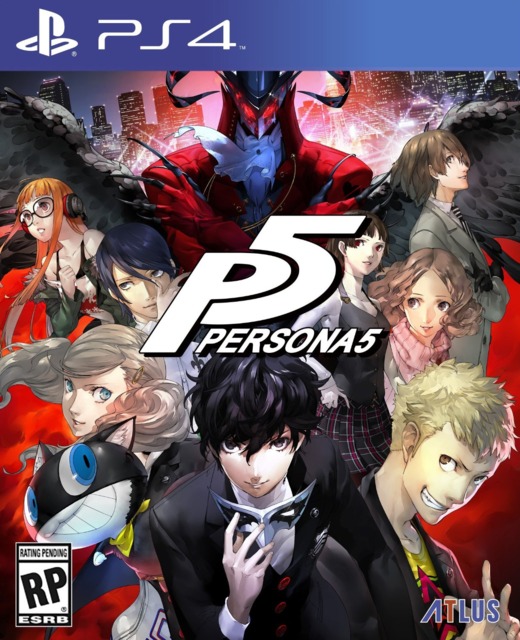
Demon's Crest and SteamWorld Dig 2 took a lot of my attention away from the opening chapters of Atlus's Persona 5 this week, but even with the small amount I've played - I've yet to complete the first "Palace" - I already love the game's style and the degree of freedom its non-dungeoneering parts offer. The game's world is spread across three regions right now: Yongen, a relatively quiet neighborhood in Tokyo where the protagonist is staying with a legal guardian due to his probation, related to an incident that sets the game's themes about the fairness of Japan's legality systems and how much adults suck; Shibuya, which is our glimpse into the everyday chaos of the city; and Aoyama-Itchome, the neighborhood that contains Shujin Academy, the only school that would accept the protagonist after his criminal conviction. Setting the game in Tokyo, with its busy streets and almost claustrophobic smaller neighborhoods, makes the game feel far more lived-in than previous entries, even for as much as I loved exploring Persona 3's island metropolis of Tatsumi Port Island and Persona 4's idyllic burg of Inaba.
The star of the show here is the game's endless style, from its fantastic soundtrack to its dynamic menus and post-battle results screens. I've yet to get to know the characters enough to say whether or not they rank with the series' best - so far I've met Ryuji Sakamoto, who sort of combines Kanji's unfettered brashness with Yosuke's bro obliviousness; Morgana, who takes on the Teddie role of mysterious shadow world inhabitant and team mascot; and Ann Takamaki, who continues the franchise's long legacy of assertive blonde heroines after Persona 2's Lisa Silverman. I've also met a few of the game's "Confidants", which includes the protagonist's guardian and ornery cafe proprietor Sakura Sojiro, dubious goth doctor Tae Takemi, and good old Igor, who I guess is also a social link now.
The one element of Persona 5 which is irking me a little, though not to any serious extent, is how the game renamed all its mechanics and features to befit its legality/prison/thief stylistic theme. So social links are now "Confidants" (though the game could've easily gone with "Accomplices"), persona fusion is now "Persona Execution", dungeons are now "Palaces", the all-out attacks are "Hold Ups" because they now also let you negotiate with monsters while they're vulnerable, and so on in that fashion. I sort of get wanting to go all in on a new paradigm, but it's a little goofy in practice.
I'm definitely sticking with this one, though I'm a little apprehensive about some of the more divisive aspects of the game coming up. I've yet to fully start exploring the first dungeon, for instance, only poking in occasionally for story-specific goals like awakening the personas of the first four characters or figuring out how the Palace "Kings" and real-life versions of those people can affect one another, and I'm wondering how much different it's going to be compared to the previous games. I'm also a little spoiled for choice with spending time outside of dungeons: there seems to be more venues for earning money through part-time work, boosting "personal" stats like knowledge, guts or kindness through books and DVDs, spending time with social links, shopping, building "infiltration tools" for dungeoneering, and a whole lot of vendors and other places to visit across the game's Tokyo districts. It's a little overwhelming, but exciting also, in that special way that most RPGs tend to be when you're early in and don't know how anything works yet.

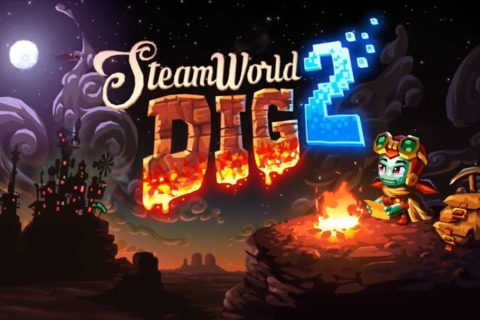
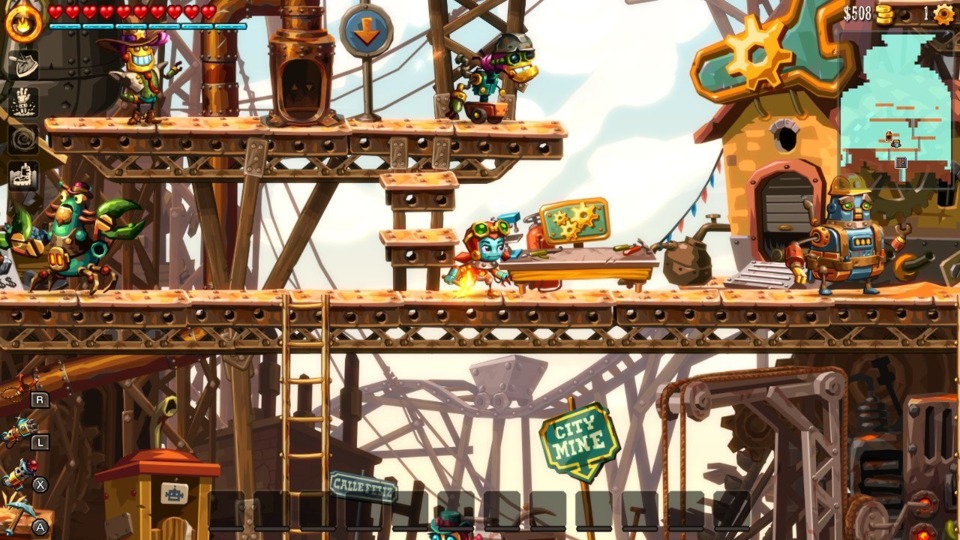
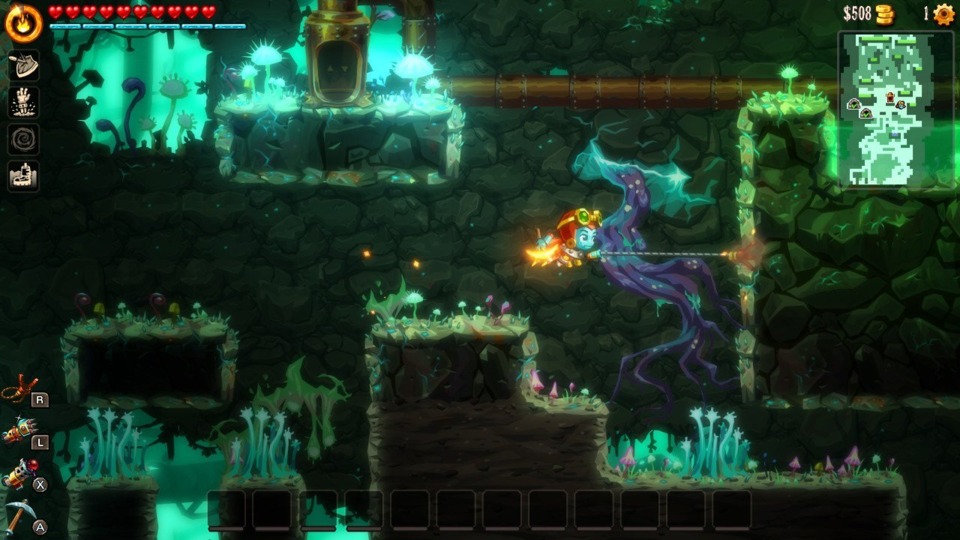
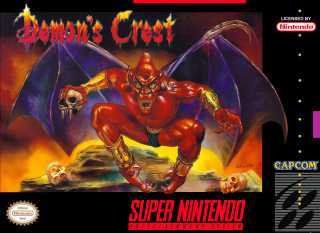
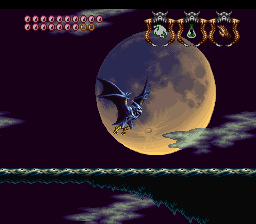
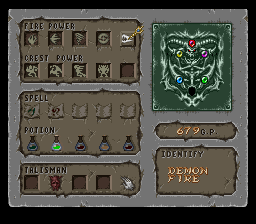

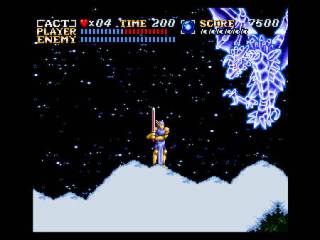
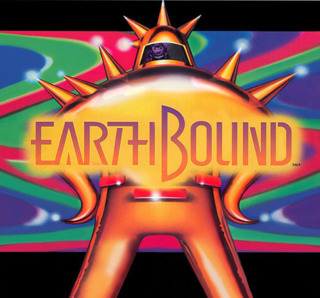
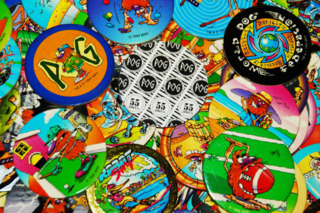
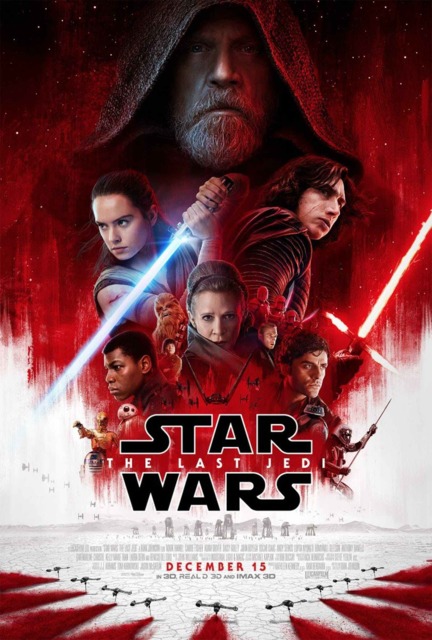
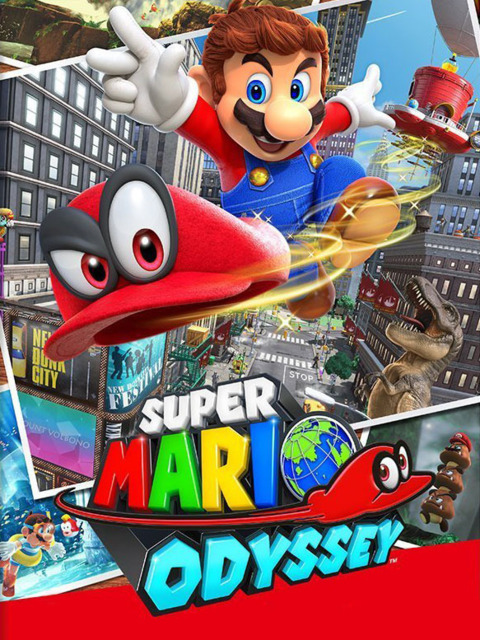
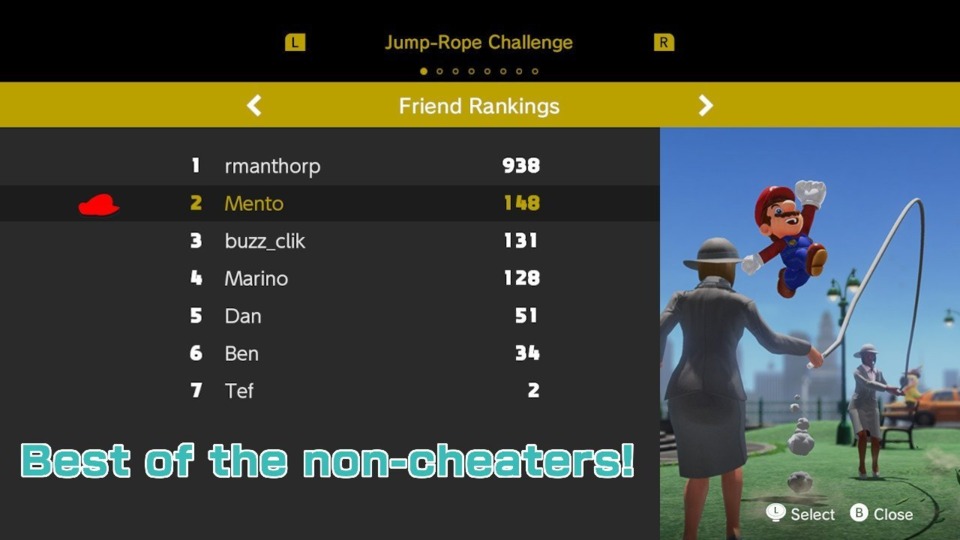
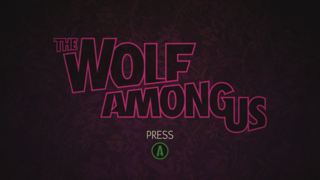
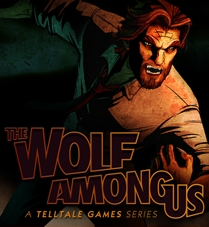
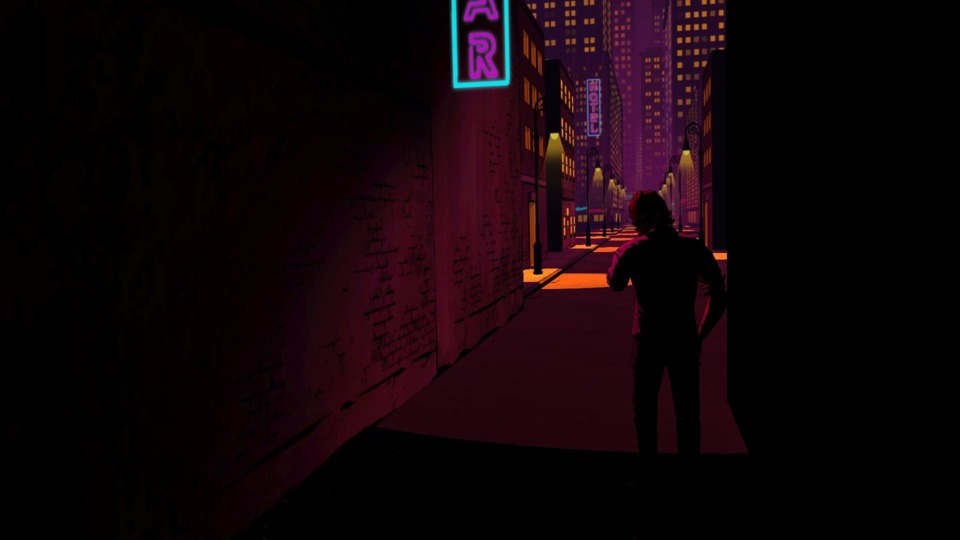
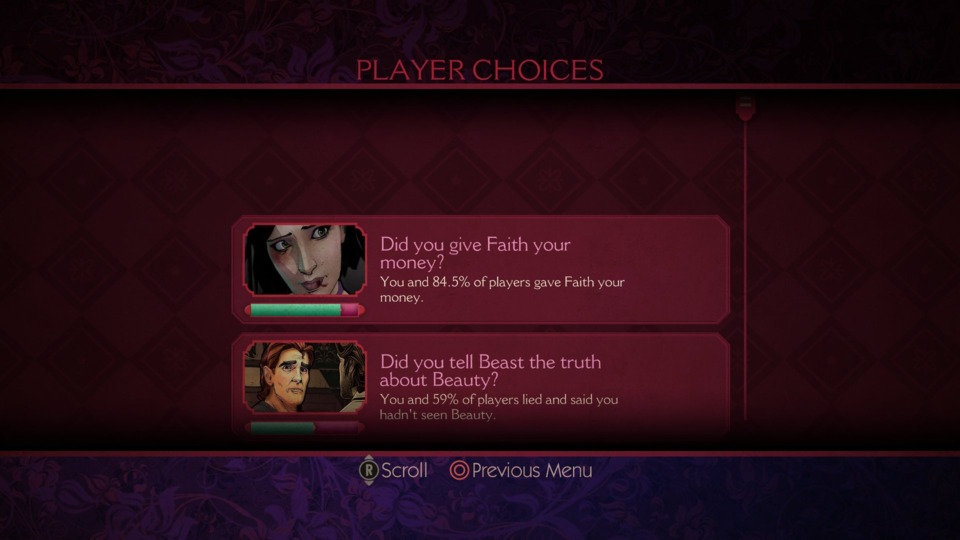
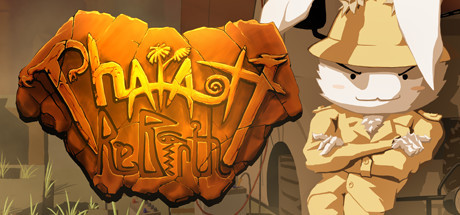
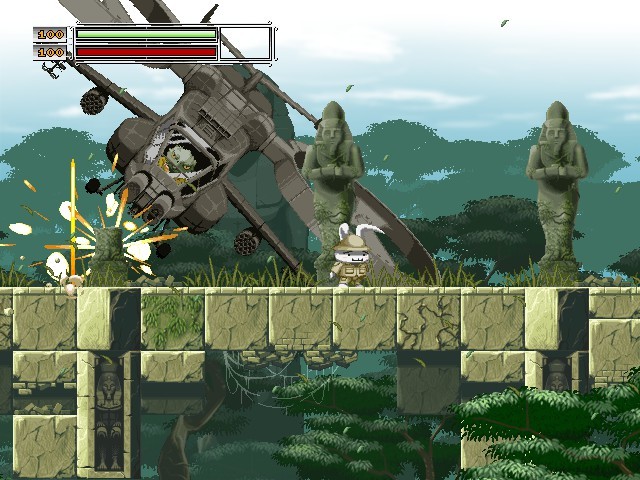
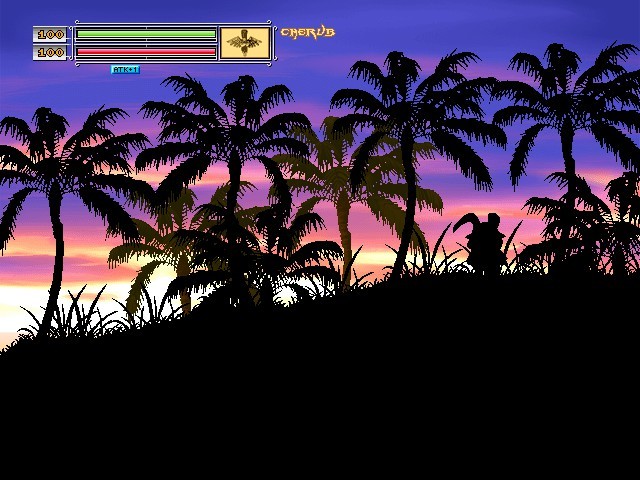
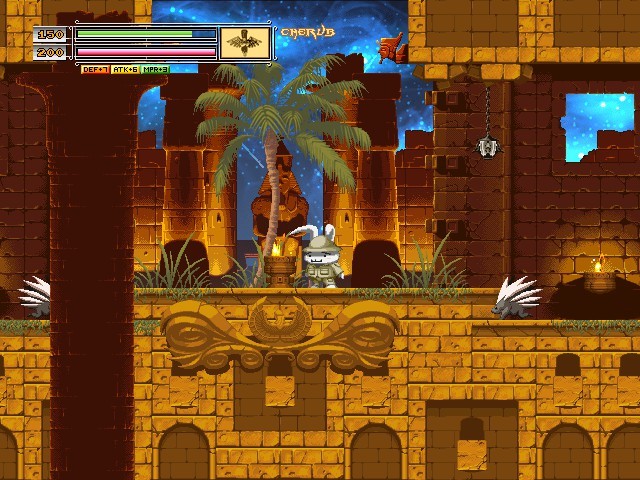
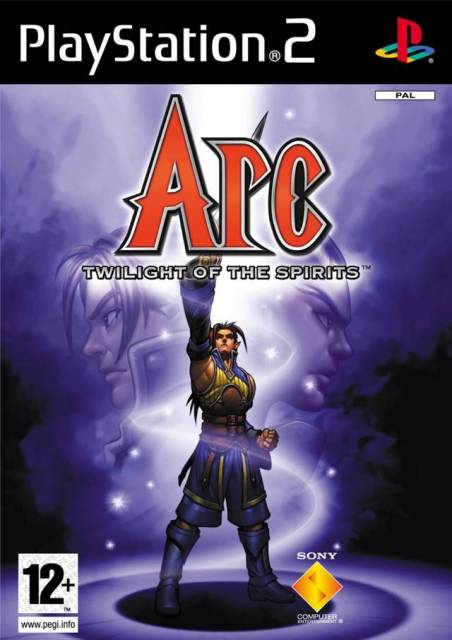
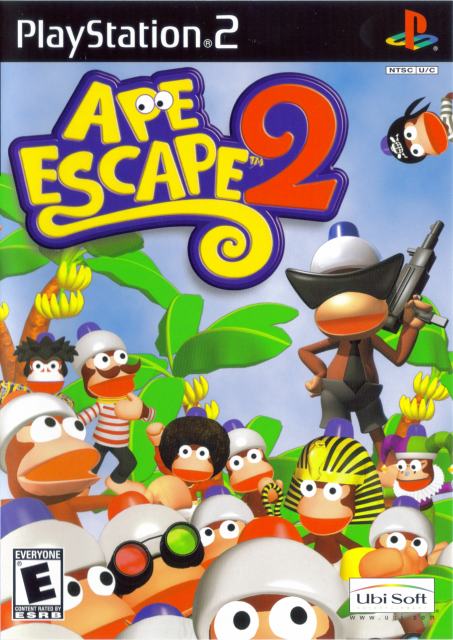
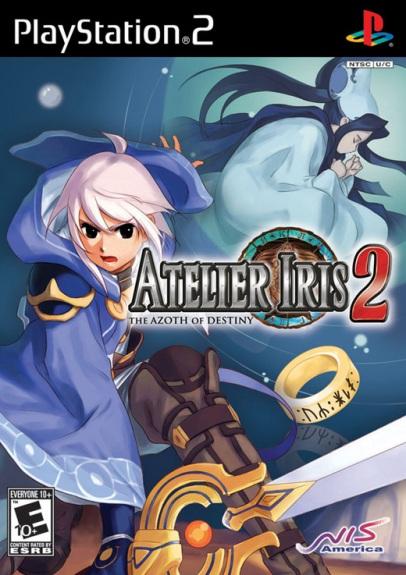
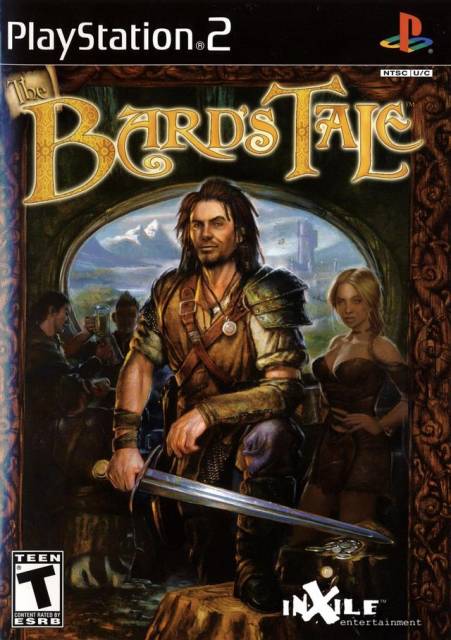
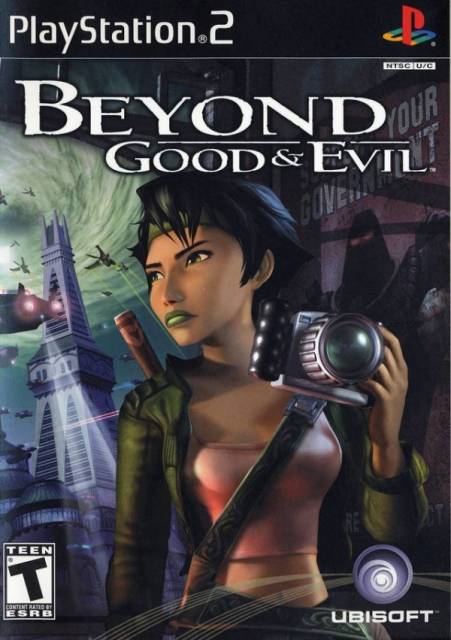
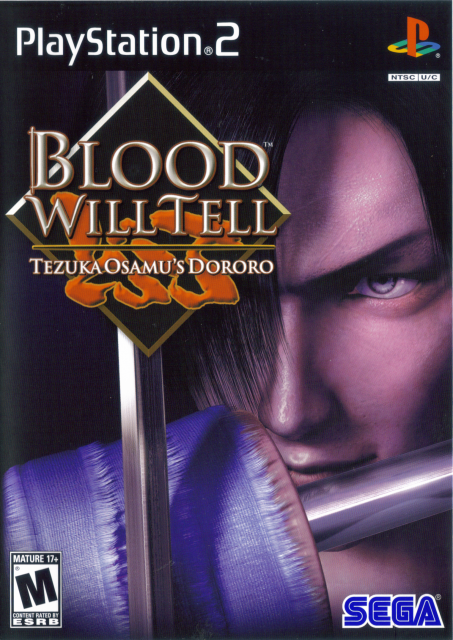
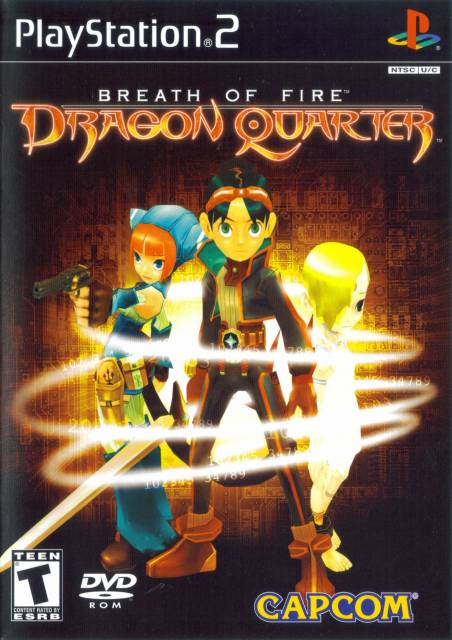
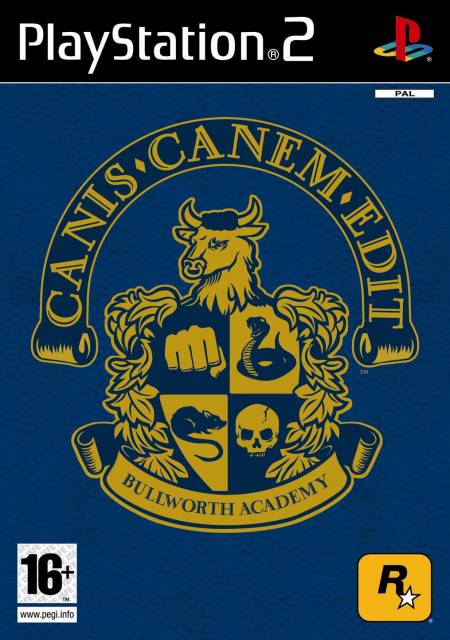
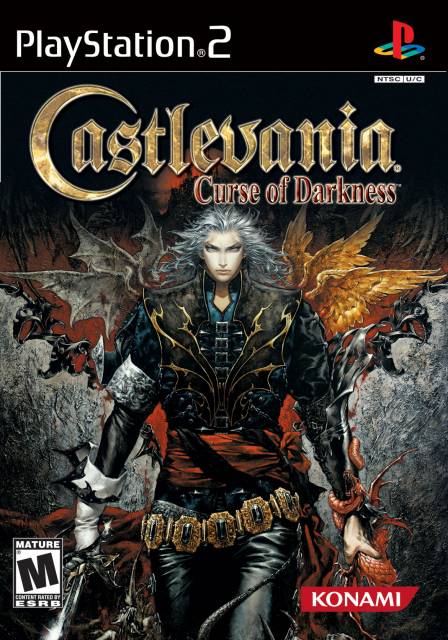
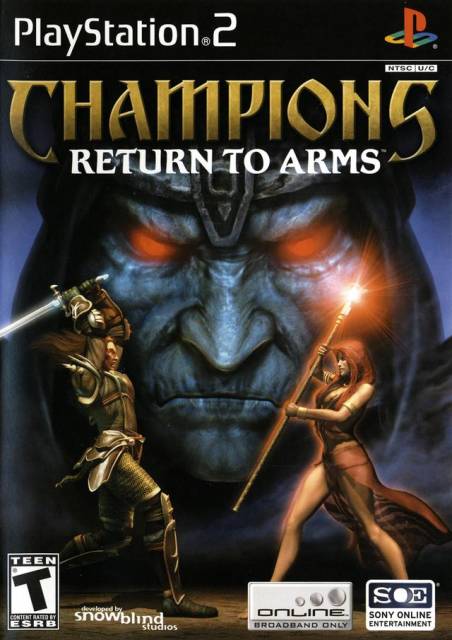
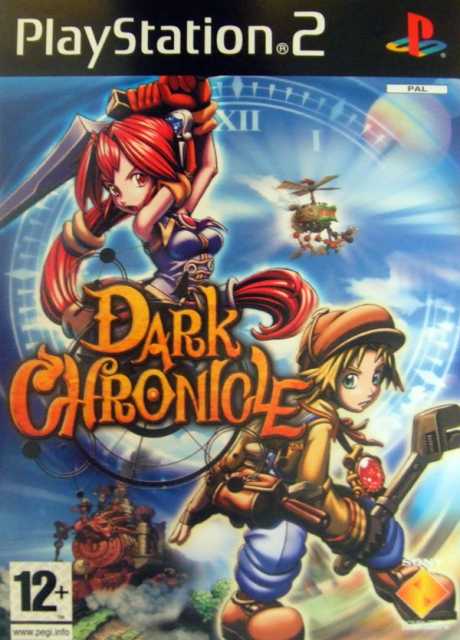
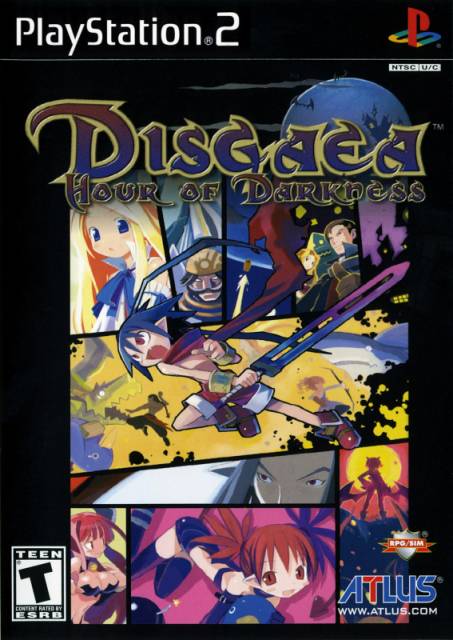
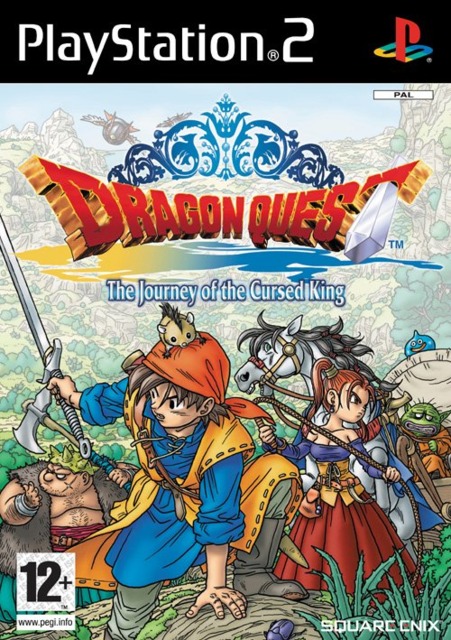
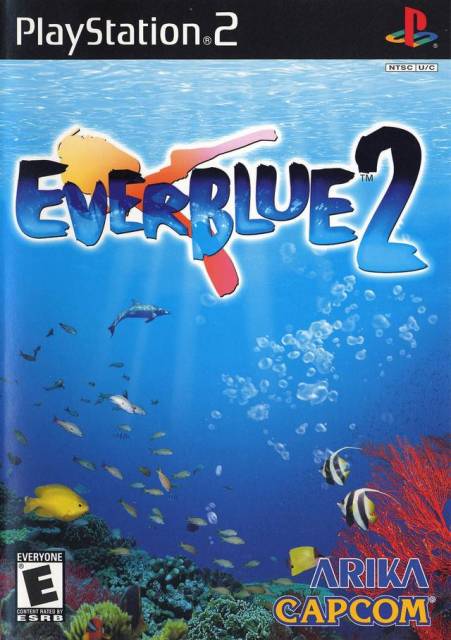
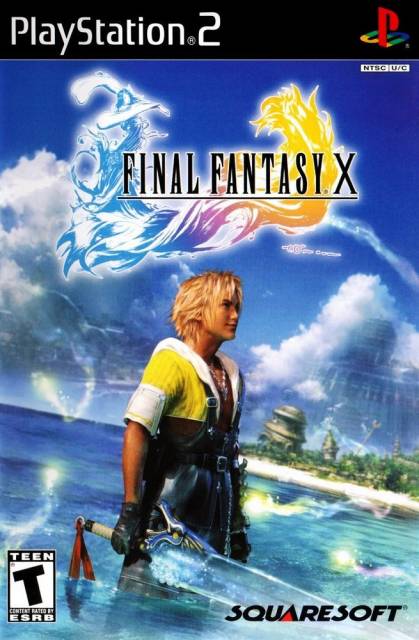
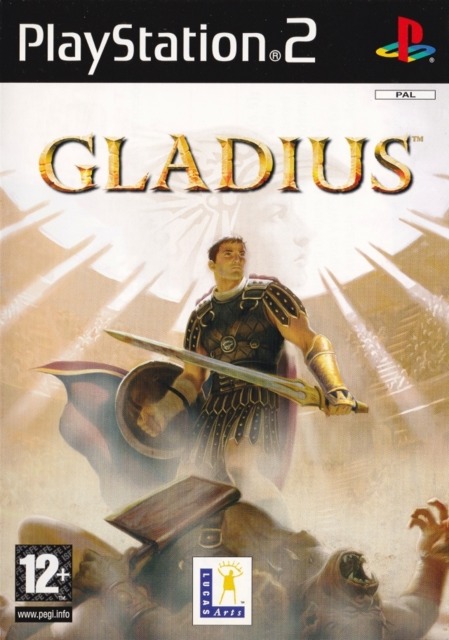
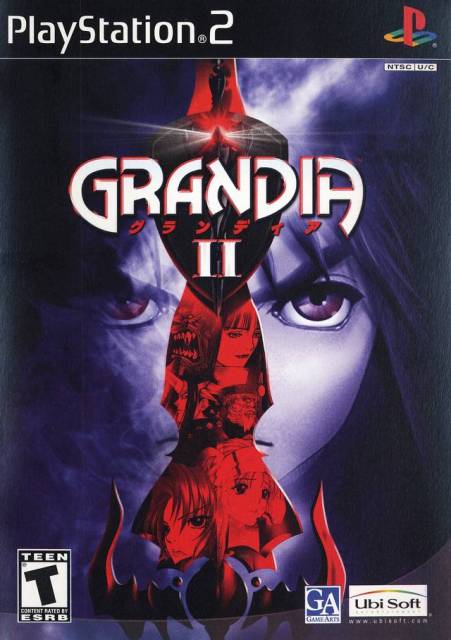
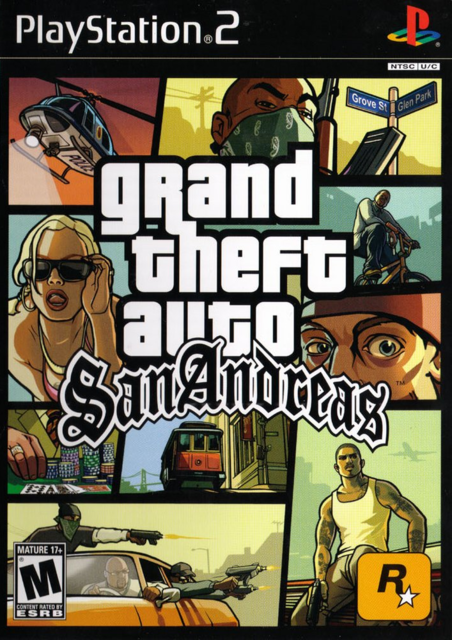
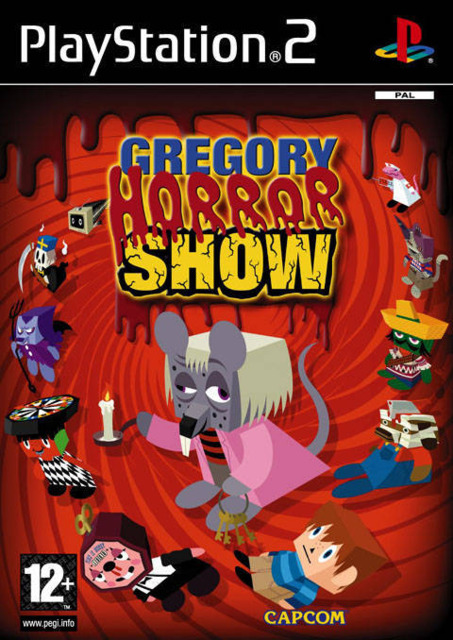

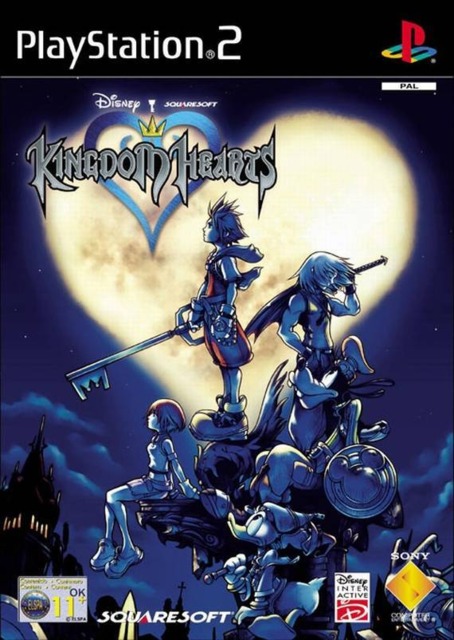
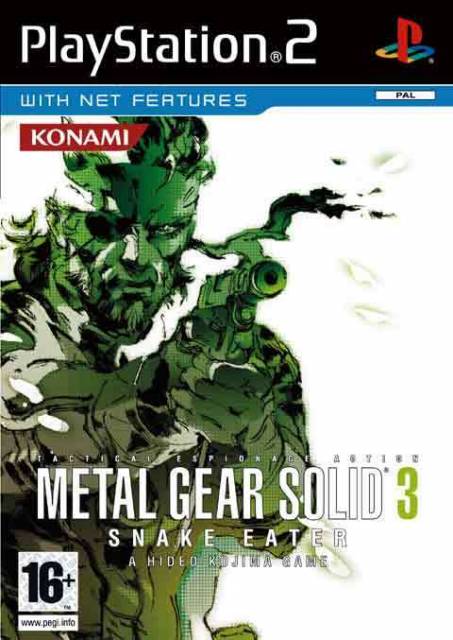
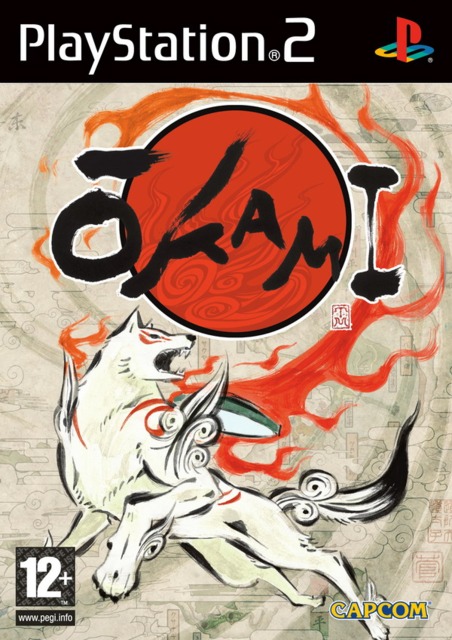
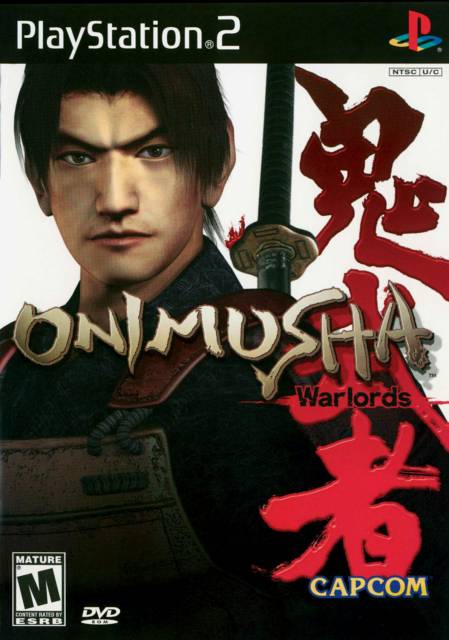
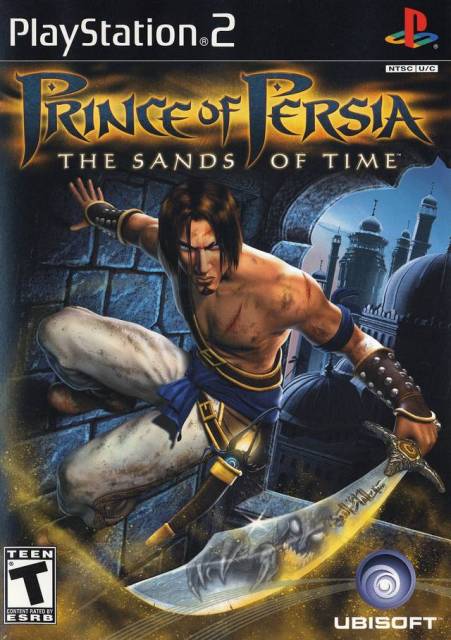
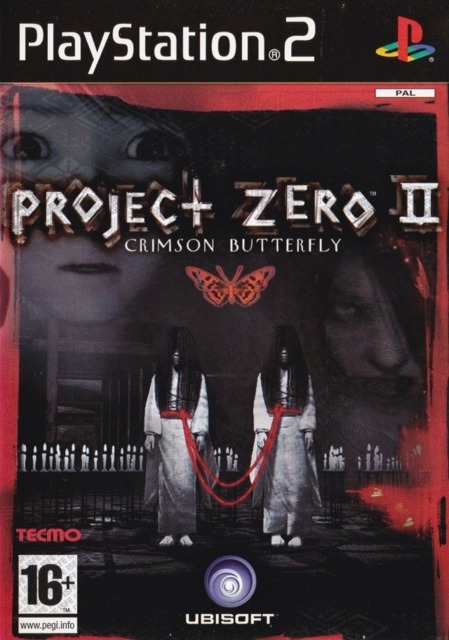
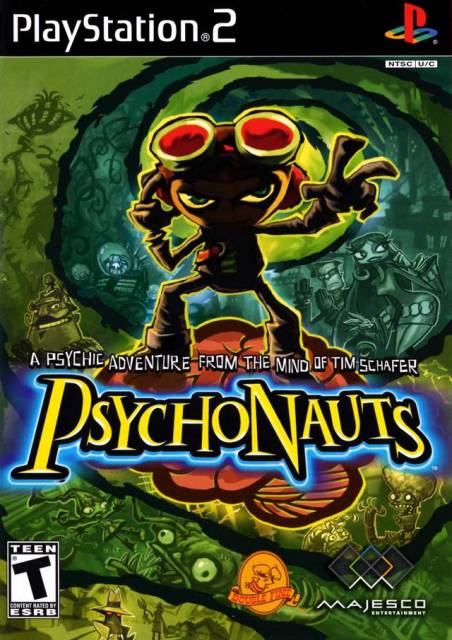
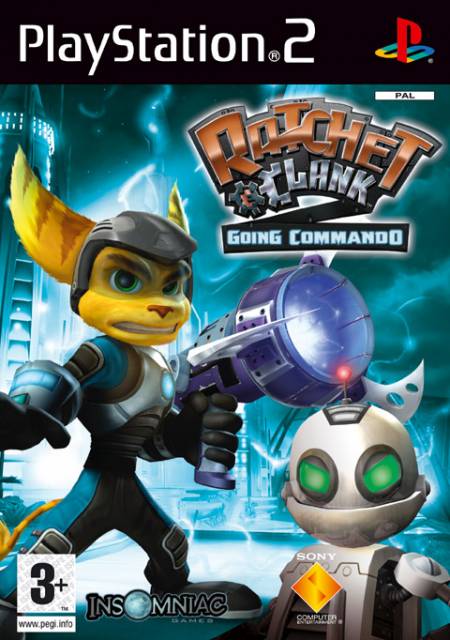
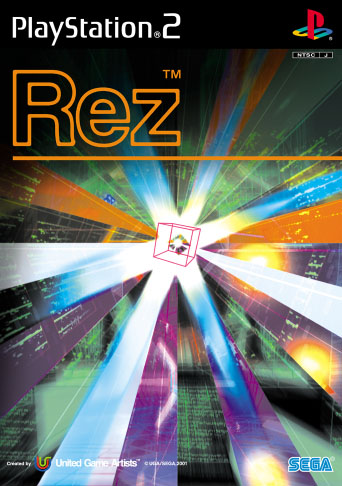
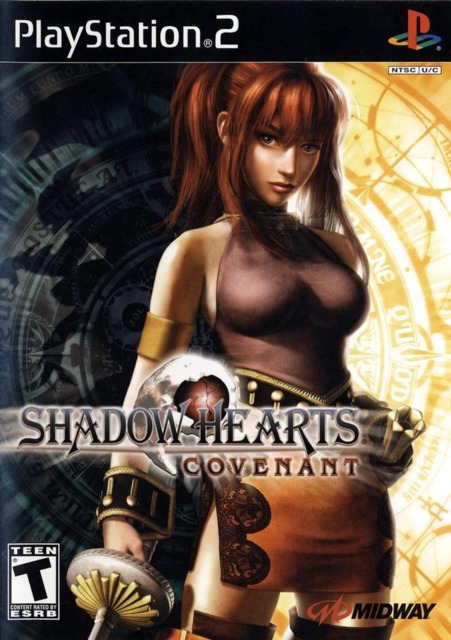
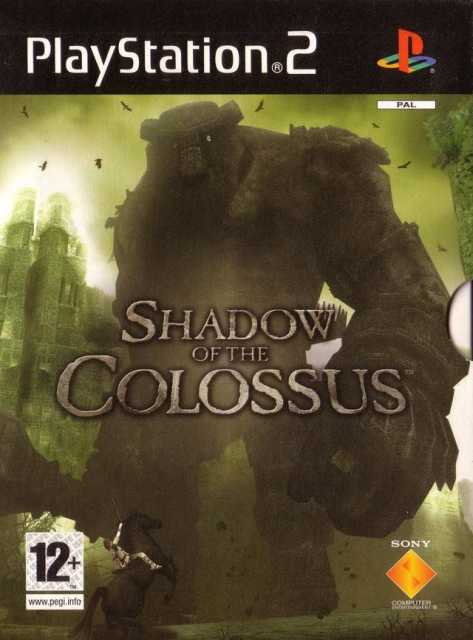
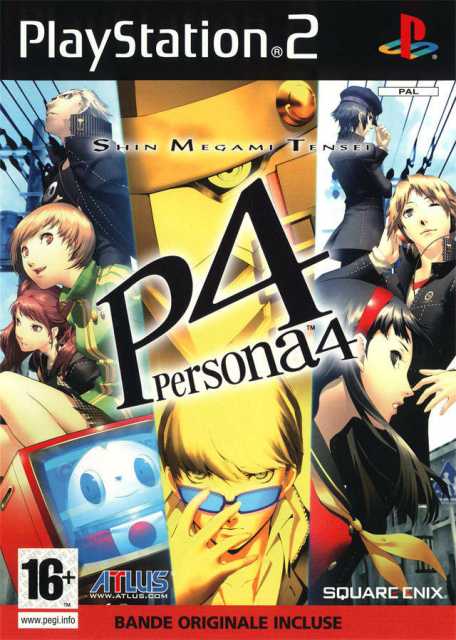
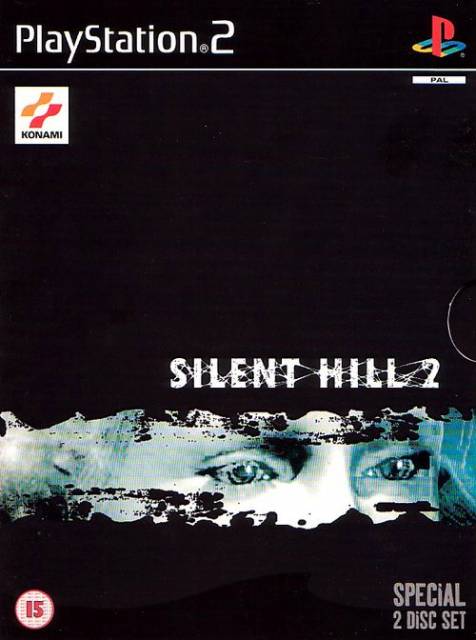
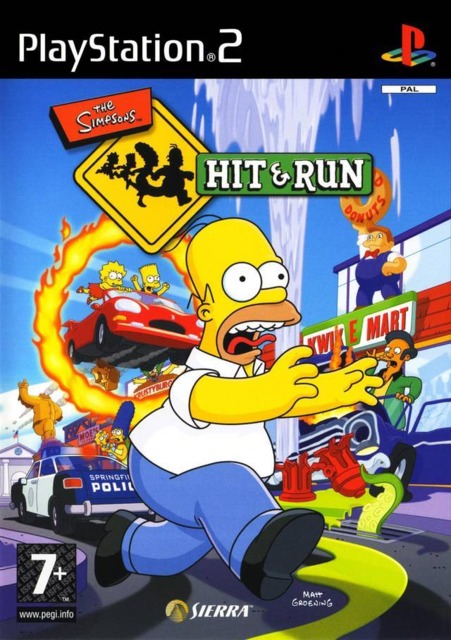

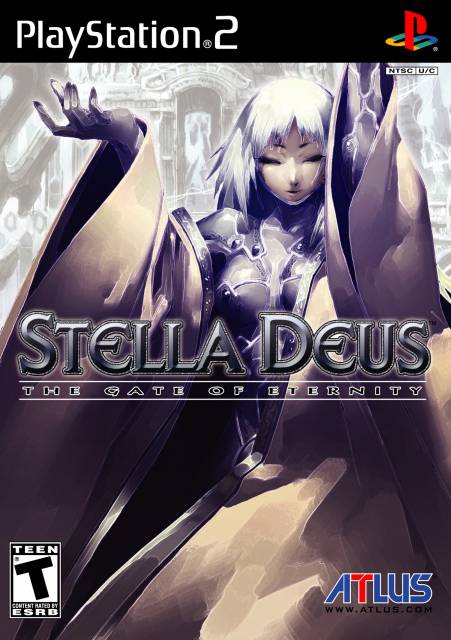
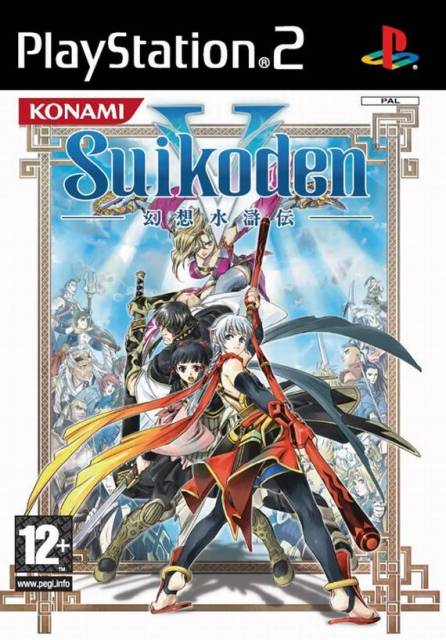
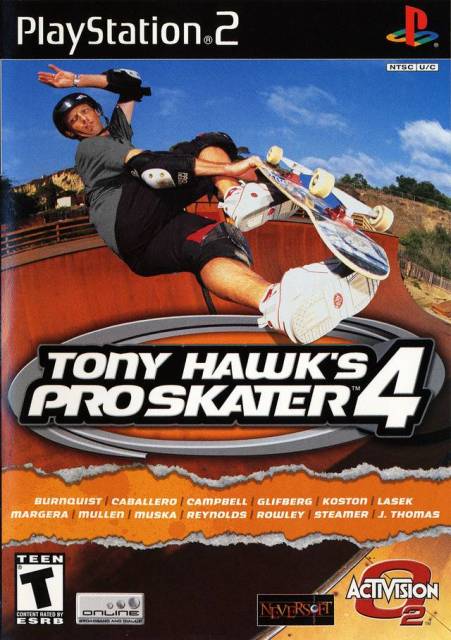
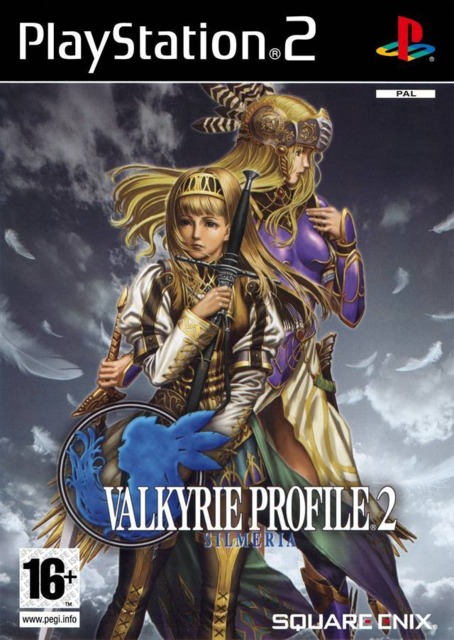
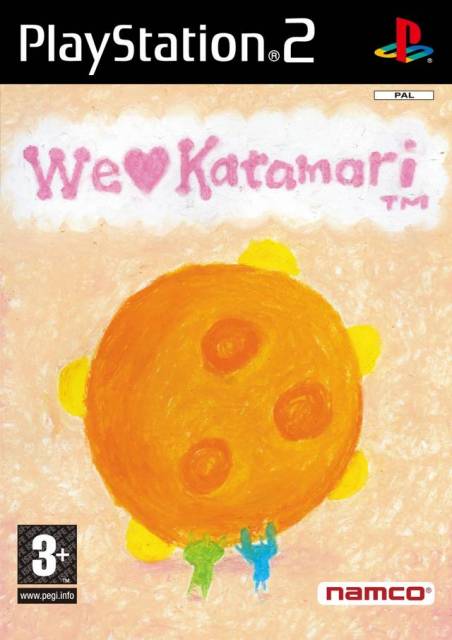
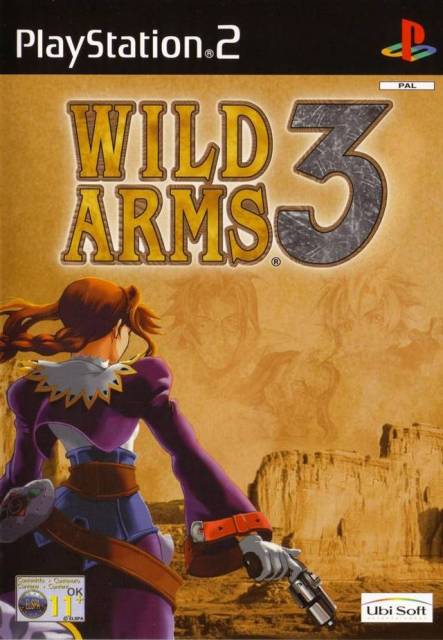
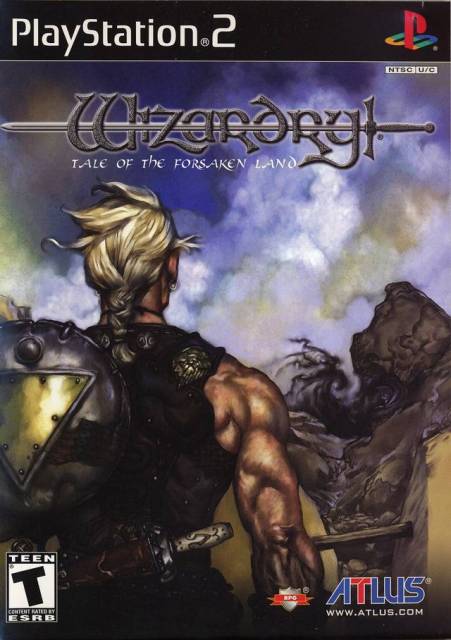
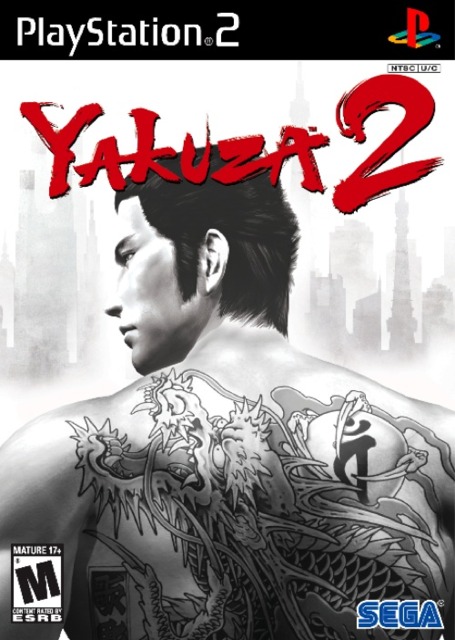
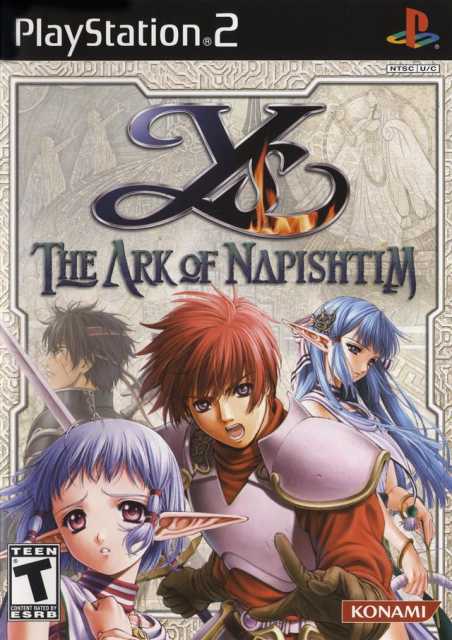

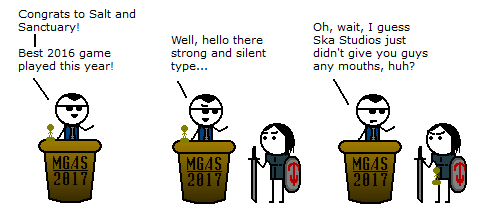

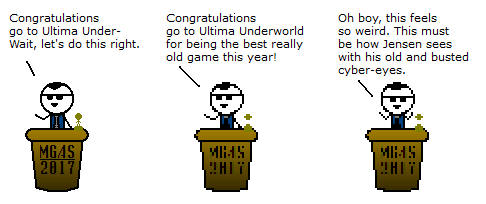



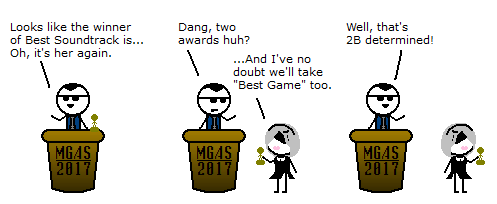



Log in to comment